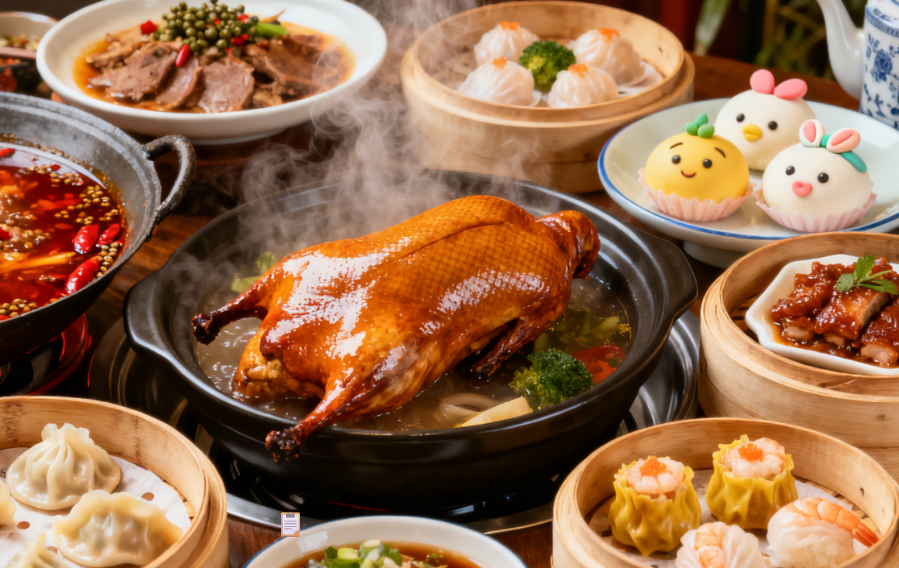
A Journey of Taste and Heart: My Wandering Through Chinese Culture
When I clutched the visa emblazoned with the Great Wall pattern, the raised texture under my fingertips left me with an impression of China rooted solely in the flying eaves and Dougong brackets from movies, and the "Four Great Inventions" from textbooks
When I clutched the visa emblazoned with the Great Wall pattern, the raised texture under my fingertips left me with an impression of China rooted solely in the flying eaves and Dougong brackets from movies, and the "Four Great Inventions" from textbooks. It wasn't until I set foot on this land that I realized Chinese culture is never a cold exhibit in a museum, nor is its cuisine merely entries on a menu—they are all hidden in the hustle and bustle of market alleys, in the greetings between people, weaving a journey of wonder that touches both the taste buds and the heart.

On my first morning in Beijing, I followed the aroma winding through the hutongs and turned into a narrow lane. Emerald ivy clung to the gray-brick walls, and a queue had already formed in front of the breakfast stall at the end. "Young lady, want a Jianbing Guozi?" The stall owner, Grandpa Zhang, spoke with a Beijing lilt. With a flick of his wrist, he scooped a spoonful of batter onto the heated griddle, and a bamboo spreader twirled it into a golden, thin pancake in an instant. He cracked an egg, sprinkled green onions, added a crispy fried dough stick, brushed on a layer of sweet bean sauce, and handed it to me still steaming hot. Taking the first bite, the soft exterior and crispy interior wrapped in the savory-sweet sauce and egg fragrance exploded on my tongue. "This is the 'soul of Beijing breakfast'," Grandpa smiled and added. "People living near the imperial city back in the day all loved this." Later, I learned that this tiny Jianbing Guozi holds the wisdom of Chinese life—simple ingredients, crafted through generations of skill, become a taste etched in memory.
With the aftertaste of Jianbing still lingering, I entered the Forbidden City. The red walls and yellow tiles stood solemn and majestic under the sun. I had expected the imperial palace to inspire only awe, but around a corner, I encountered a group of children sketching the Dougong brackets. "Look at this 'Sunmao'—it joins pieces of wood without a single nail," a little girl with a ponytail told me, holding her paintbrush and pointing to the interlocking wooden components under the eave. "It's like building blocks, but way more amazing—they've held together for hundreds of years." Following her gesture, I saw those intricate yet perfectly fitted structures, indeed free of any metal fasteners. Our guide explained that there are tens of thousands of such Sunmao joints in the Forbidden City, and the entire palace has stood firm for six hundred years relying on this "dialogue between woods". At that moment, I suddenly understood that the profundity of Chinese culture is never built on piles of texts, but hidden in these tangible details, quietly passed down in the strokes of children's brushes.

Traveling south from Beijing to Hangzhou, the misty rain over West Lake completely reshaped my understanding of "beauty". Holding an oil-paper umbrella, I walked along Su Causeway. Drizzle dampened the willow leaves, and Leifeng Pagoda loomed faintly in the misty clouds in the distance. A boatwoman rowed a covered boat across the lake, singing a soft Yue opera, her voice drifting over with the fresh scent of the lake water. "Would you like to try West Lake Vinegar Fish?" she kindly recommended. At lunch, when a plate of glossy, crimson-hued West Lake Vinegar Fish was served, I realized this dish was as exquisite as the lake scenery itself—the fish was tender with a subtle sweet-sour flavor. It's said the recipe dates back to the Southern Song Dynasty, when Su Dongpo, an official stationed in Hangzhou, often went boating and enjoyed fish with friends. Savoring the fish while gazing at the lake and mountain views outside the window, I suddenly grasped the Chinese concept of "food blending with scenery". It turned out that good food is never merely for sustenance, but an expression of life aesthetics.
In Kuanzhai Alley in Chengdu, Sichuan, I encountered a more vibrant side of Chinese culture. In a teahouse along the alley, performers were putting on a face-changing show, switching between red, white, and black masks in the applause. Tea drinkers in the audience held covered teacups, taking occasional sips and letting out contented sighs. "Want a bowl of Dan Dan Noodles? Mildly spicy!" the landlady of the neighboring noodle shop called out, poking her head out. I decided to give it a try. The noodles were coated in red chili oil, sprinkled with crushed peanuts and green onions. The first bite brought a slight numbing sensation, followed by fresh spiciness, and finally a hint of sweetness lingering on the palate. "We Sichuan people love spicy food, just like we love liveliness—it's in our bones," the landlady said. Later, watching Sichuan opera in the teahouse, listening to the rhythmic gongs and drums, and watching the performers' exaggerated singing and movements, I suddenly felt that Sichuan's spiciness, like its culture, is straightforward and passionate, impossible not to get immersed in.

My final stop was Guangzhou, Guangdong, where the morning tea experience helped me understand the Chinese concept of "reunion". Early in the morning, the teahouse was bustling with activity. A family sat around a square table, ordering a pot of Pu'er tea, and placing plates of shrimp dumplings, siu mai, rice rolls, and chicken feet on the table, eating and chatting leisurely. An elderly grandma at the neighboring table picked a shrimp dumpling for her grandson and smiled, "Bite a small hole first to sip the soup inside." Her husband poured a cup of tea for her and said softly, "Here comes your favorite egg tarts." Waiters pushed carts between the tables, calling out, "Freshly baked char siu buns!" The entire teahouse was filled with the aroma of food and joyful chatter. Our guide told me that for Guangzhou locals, morning tea is more than just eating—it's about gathering with family and friends. This "slow companionship" is an emotional need engraved in the Chinese genes.
On the day I left China, my suitcase contained two packs of Longjing tea, a notebook printed with Sunmao patterns, and a photo with Grandpa Zhang, the Jianbing stall owner. Looking back on this journey, I finally understood that Chinese culture is never the abstract "Eastern mysticism"—it's the warmth of the Jianbing stall, the craftsmanship in the Forbidden City's Sunmao joints, the historical charm in West Lake Vinegar Fish, the passion in Sichuan teahouses, and the tender affection of Cantonese morning tea. The flavors hidden in the food have long intertwined with the touches in my heart, becoming an ever-fresh memory. It turns out that the best way to convey culture is never through deliberate explanations, but through a sincere encounter between taste and heart.
Recommended
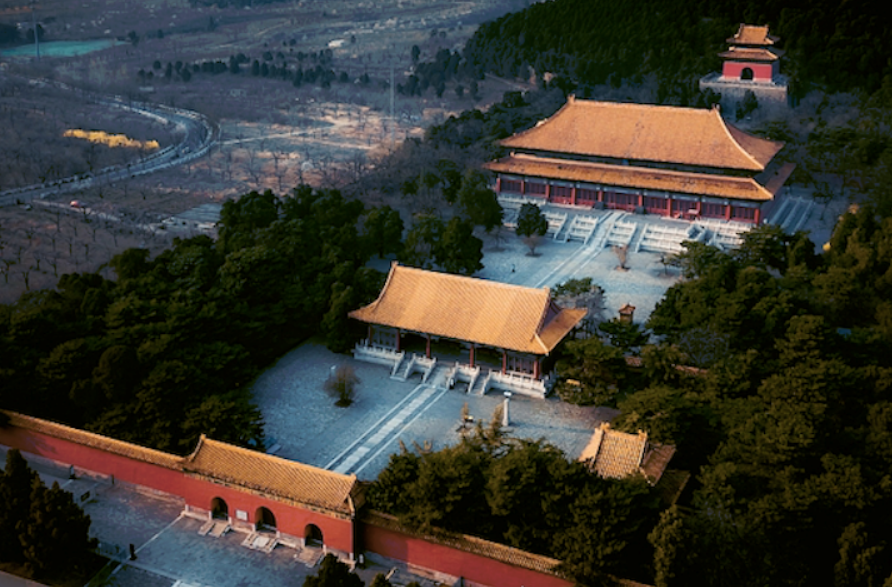
Walking the Spirit Way: My Journey Through the Ming Tombs
This article follows my personal journey through t...
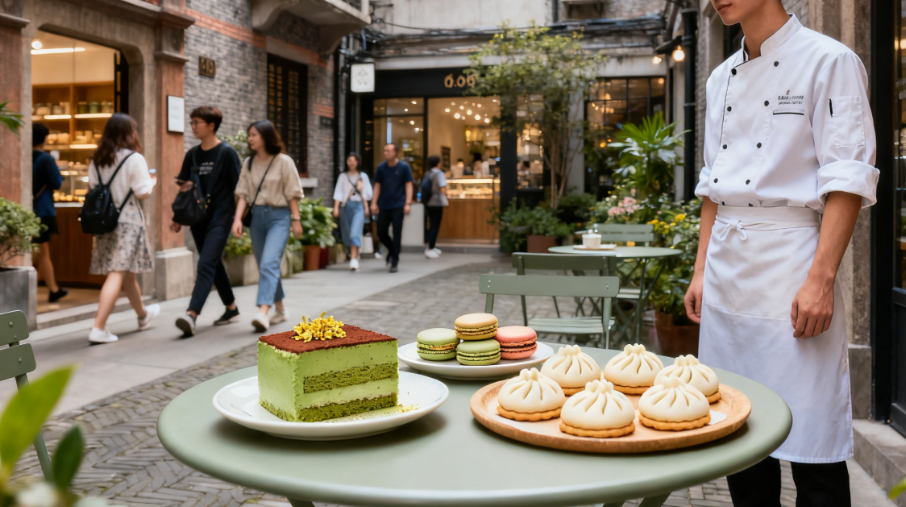
Bite into Shanghai: My Culinary Journey Through Street Stalls and Fine Dining
For me, Shanghai’s food is more than sustenance—it...

Step-by-Step Guide: How to Apply for Your China Visa in late 2025
Great news for travelers! As of September 30, 2025...
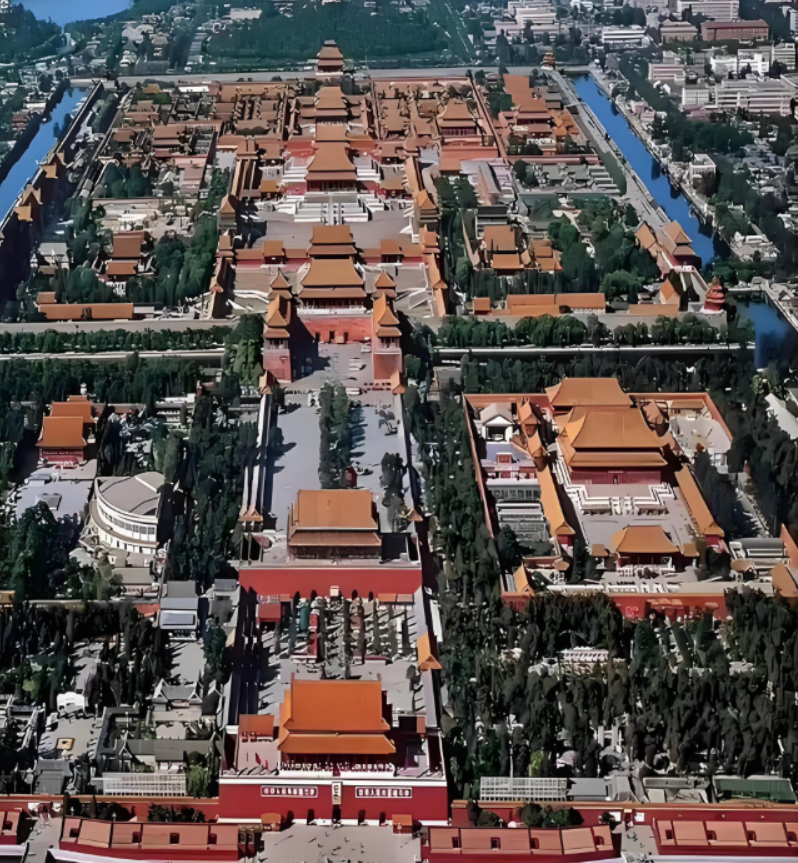
🇨🇳 Travel Guide — Your Essential Guide to Exploring China
Welcome to China — A Journey of Culture, History &...
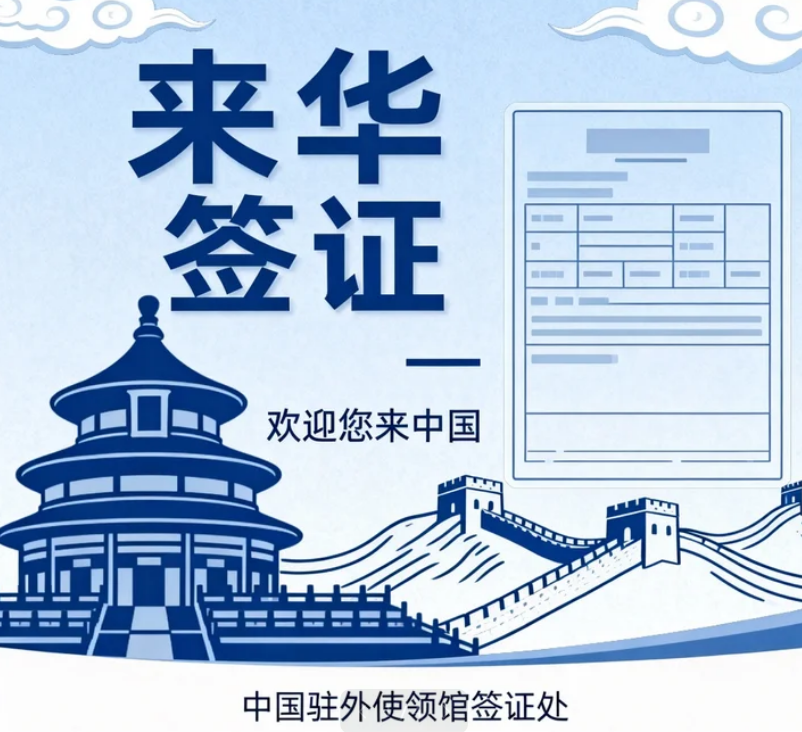
The Ultimate Guide to China's 30-Day Visa-Free Policy: Are You Eligible?
Great news for global travelers! As of November 20...

My Journey Through Chinese Cuisine: A Symphony of Flavors
When I first set foot in China, I knew food would ...

Expert Guide: Mastering Mobile Payments in China (2025 Edition)
Below is an English guide designed for your intern...
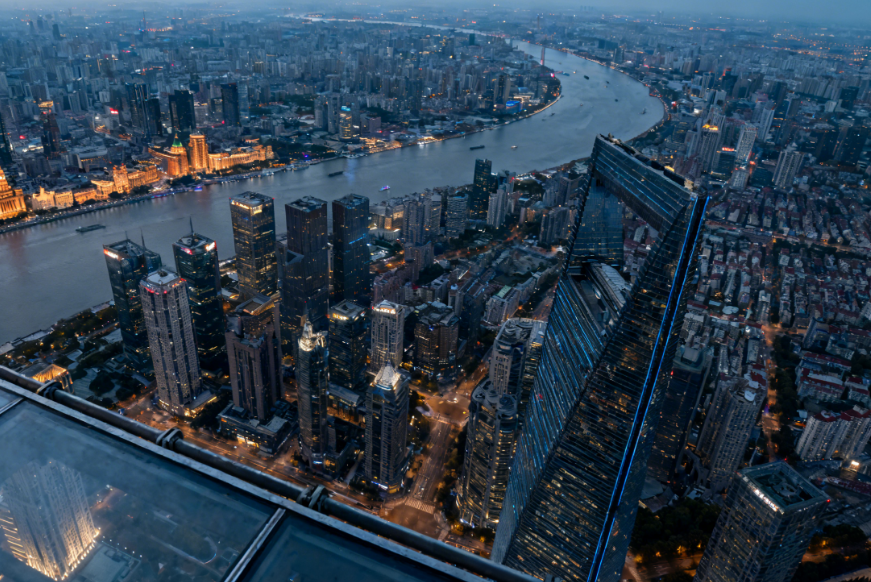
Shanghai Travel Guide: My Journey Through China’s Dynamic Metropolis
Shanghai isn’t just a financial powerhouse—it’s a ...

China Travel Tips: My Love Letter to the Middle Kingdom After Dozens of Trips
After 20+ trips across China, I’m spilling all my ...

Beijing Travel Guide: Uncover the Heart of China’s Past and Present
As someone who has wandered Beijing’s hutongs, mar...
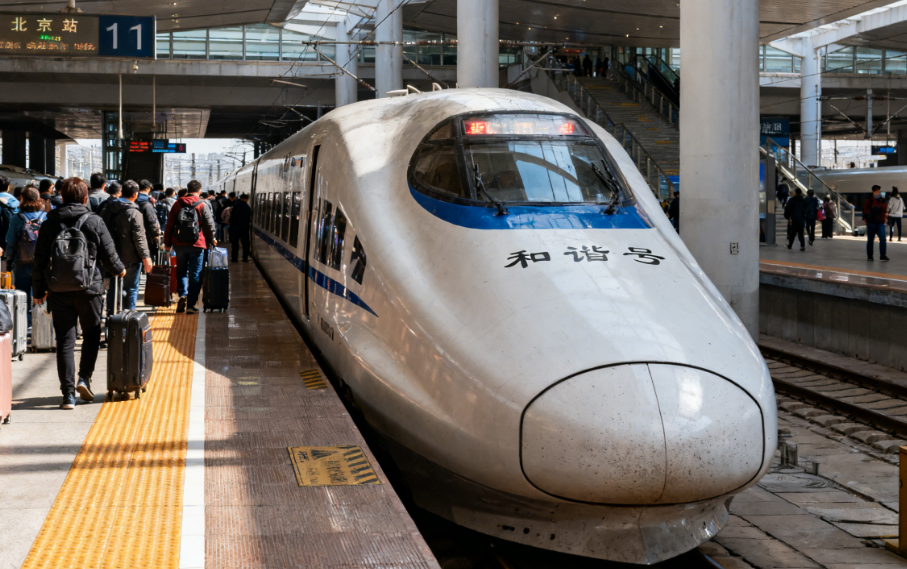
Beijing Transportation Guide: Navigate the Capital Like a Local
During my two years living and working in Beijing,...

“Your Guide to Fast & Easy Payment for Chinese Consulate Services (2025)”
The document explains service fee standards for co...